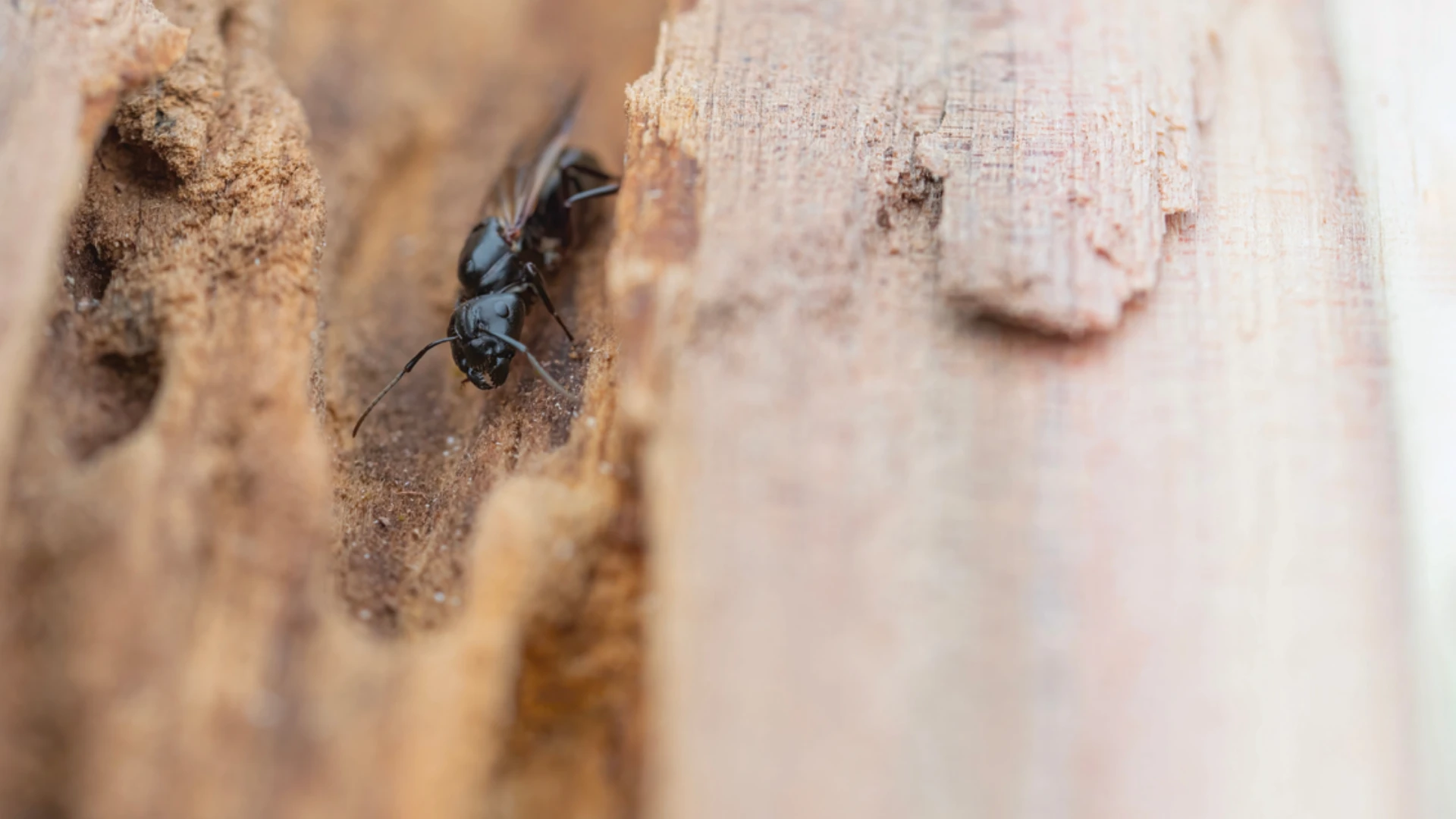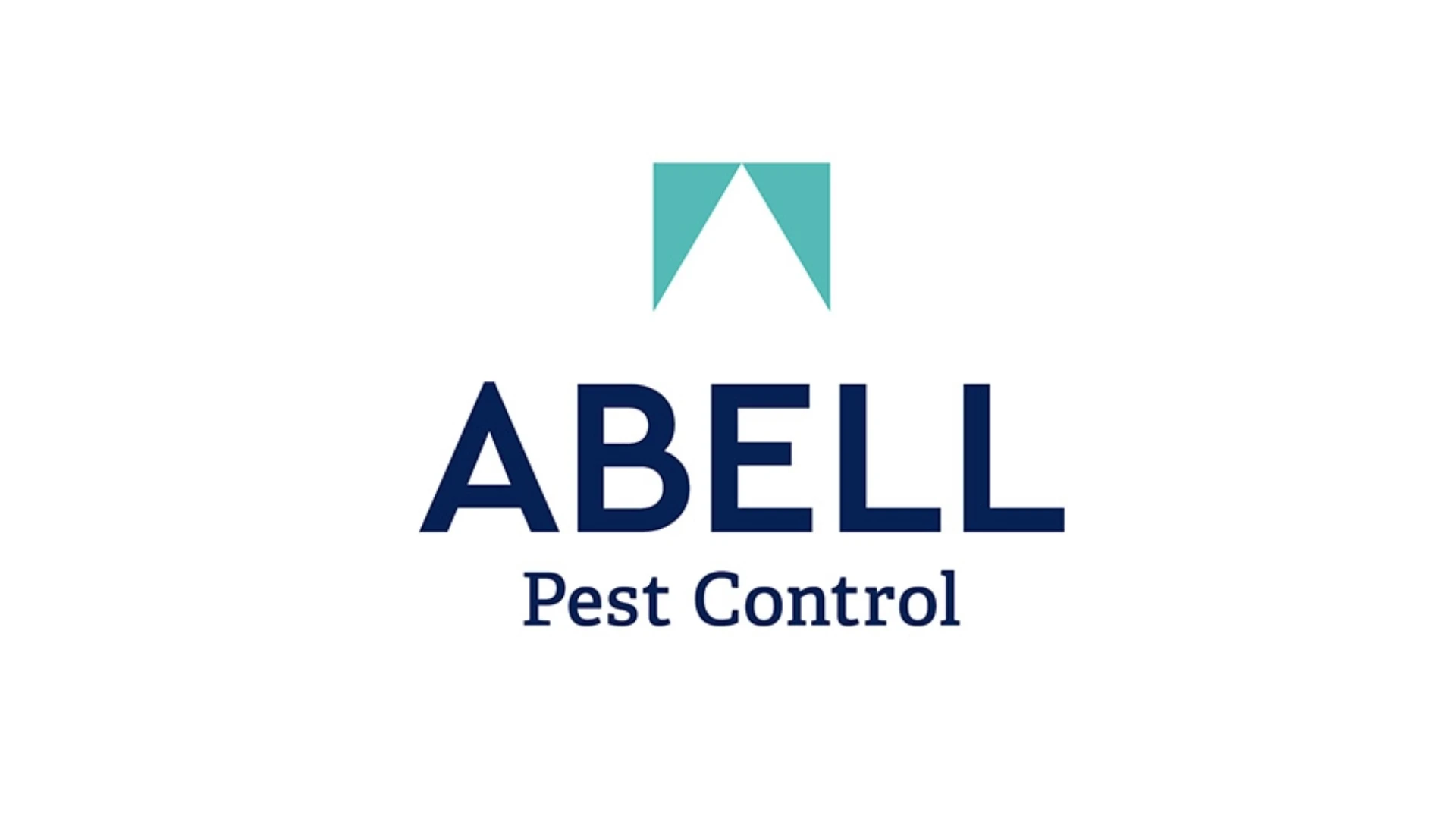
FAIRFAX, Va. - It's no question that pests are a year-round issue for homeowners, but did you know that various factors can significantly increase our likelihood of running into certain pest populations? After sifting through weather patterns, long-term forecasts and pest biological behaviors, the National Pest Management Association (NPMA) is releasing its bi-annual Bug Barometer, a forecast to show Americans what they can expect from pest populations in their respective regions across the U.S. this fall and winter respective regions across the U.S. this fall and winter.
Much of the country was met with bouts of heat waves, humidity and thunderstorms this summer. With chilly and damp conditions just around the corner, NPMA's entomology team is expecting a pest-ridden fall and winter season ahead with increased sightings of rodents, cockroaches, and stink bugs, among other pests.
"It's important for Americans to know that the change of seasons can bring a lot more than a craving for pumpkin-flavored treats, "said Dr. Jim Fredericks, Senior Vice President of Public Affairs at NPMA. "Unseasonable weather patterns can brew the perfect storm for pests to thrive and, unfortunately, this may result in them infiltrating your home in search of warmth, food and shelter."
A cold winter with mild bouts of snowfall will drive rodents indoors in search of water, shelter, and warmth. Periodic bouts of warmer, sunny days throughout the winter will likely result in multicolored Asian lady beetle, boxelder bug and brown marmorated stink bug activity indoors.
South Central U.S.
Warm and wet conditions throughout the summer and fall could allow for tick and mosquito populations to remain active longer. Cooler than normal temperatures in the northern part of this region coupled with increased chances for snow could send rodents, cockroaches, and stink bugs into homes to flee the elements.
"While we can't control weather patterns or pest biological behaviors, we can all rest assured knowing that we can take measures to prevent these pests from getting into our homes as the weather cools this season," said Fredericks.
According to NPMA's expert entomologists, it's best to eliminate any areas of moisture found in the home and keep your kitchen clean, storing food in airtight containers to keep pests out. Also, seal cracks and holes on the outside of the home and store boxes off of the floor to prevent pests from residing in undisturbed areas.

Latest from Pest Control Technology
- Rose Pest Solutions Becomes Official Pest Provider of Chicago Fire FC
- WSPMA Hosts Legislative Day at Washington State Capitol
- A-1 Pest Control Marks 59 years in Business
- Hawaii PCO Shares Regulatory Challenges, Business Impacts from Lahaina Wildfires
- 5 Tips for Reducing Waste in the Office and in the Field
- OvoControl Now Available in Chile
- Envu Announces Savings Programs for Pest Management Professionals
- Follow the Trail





